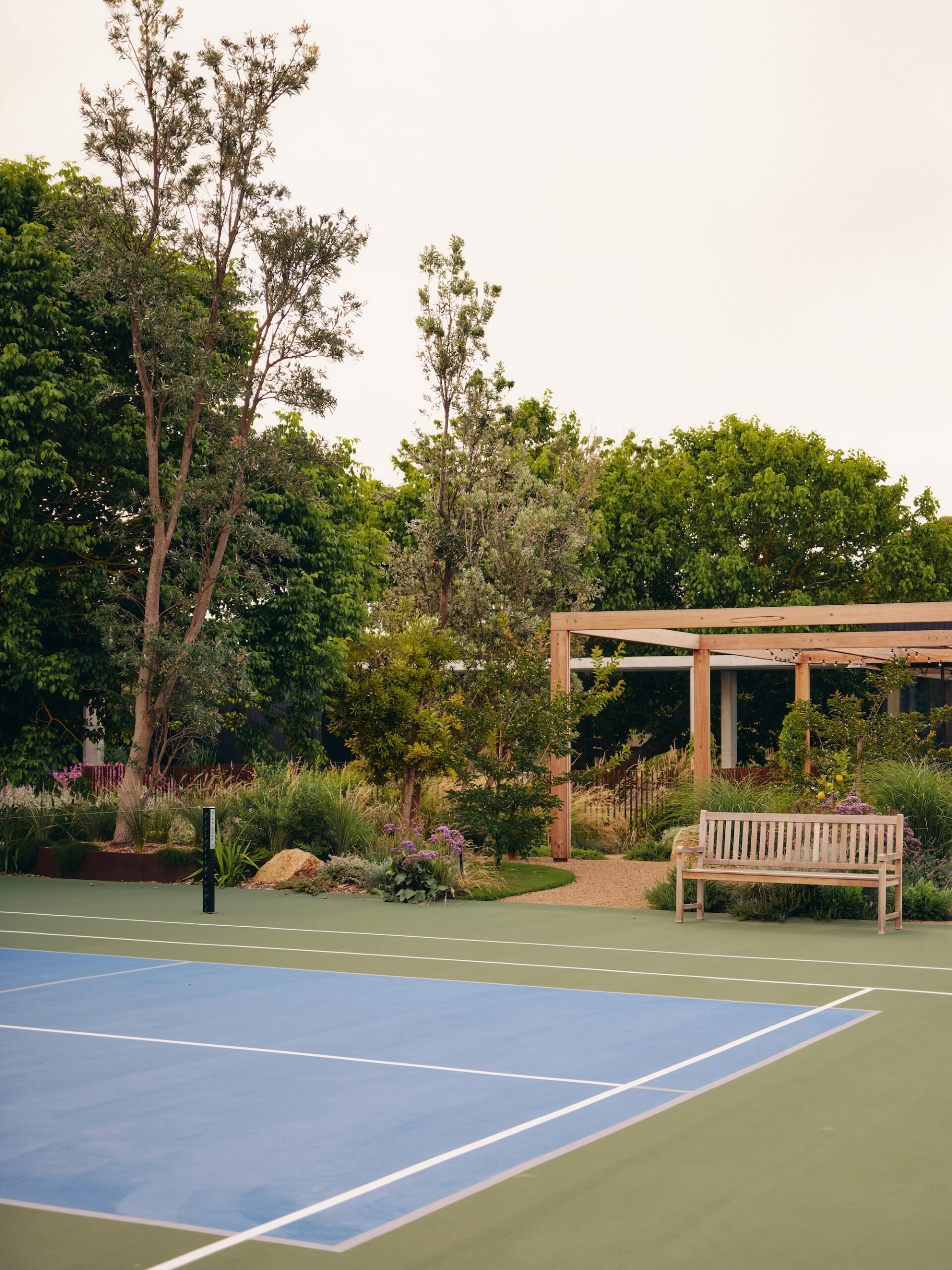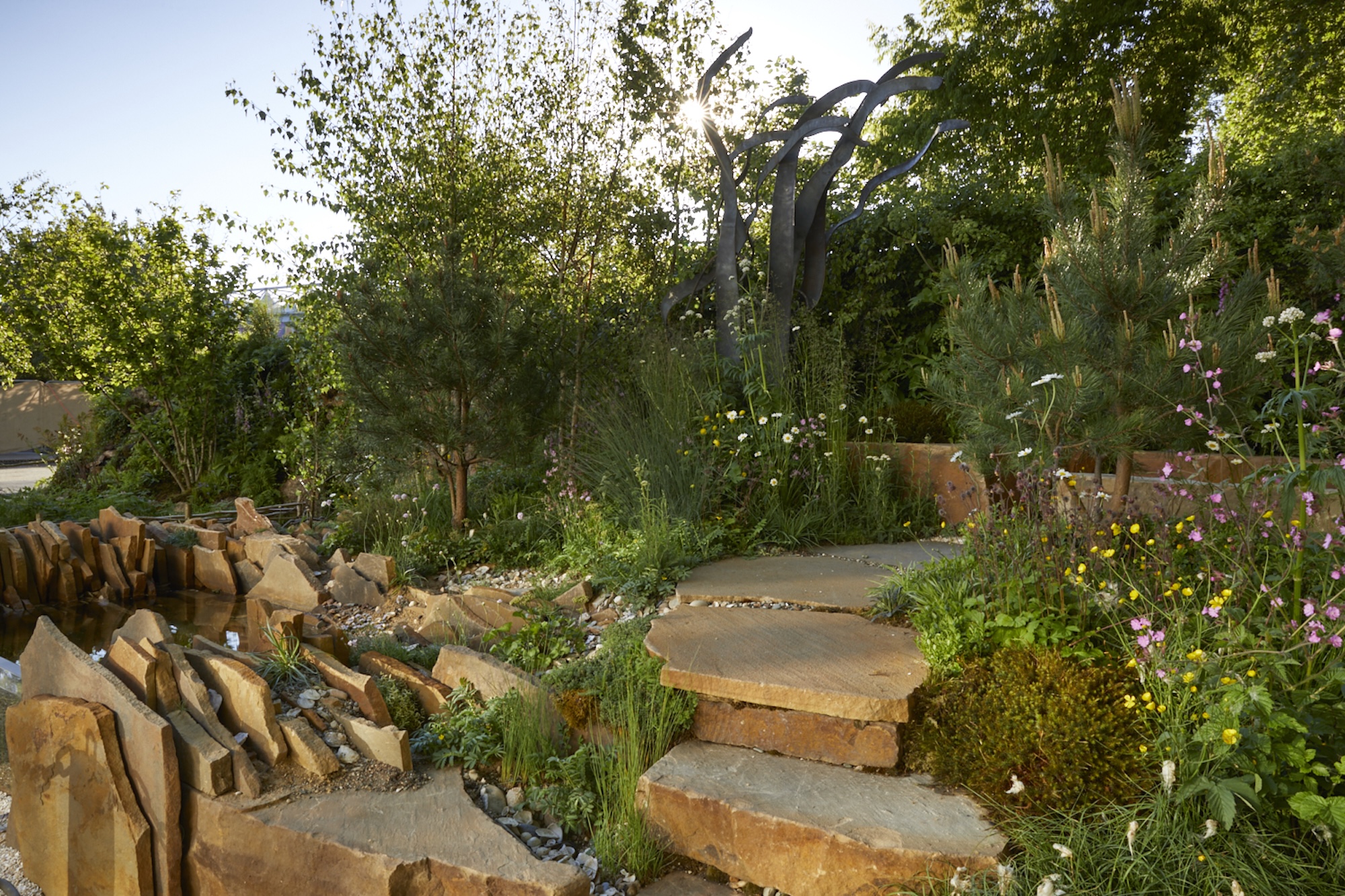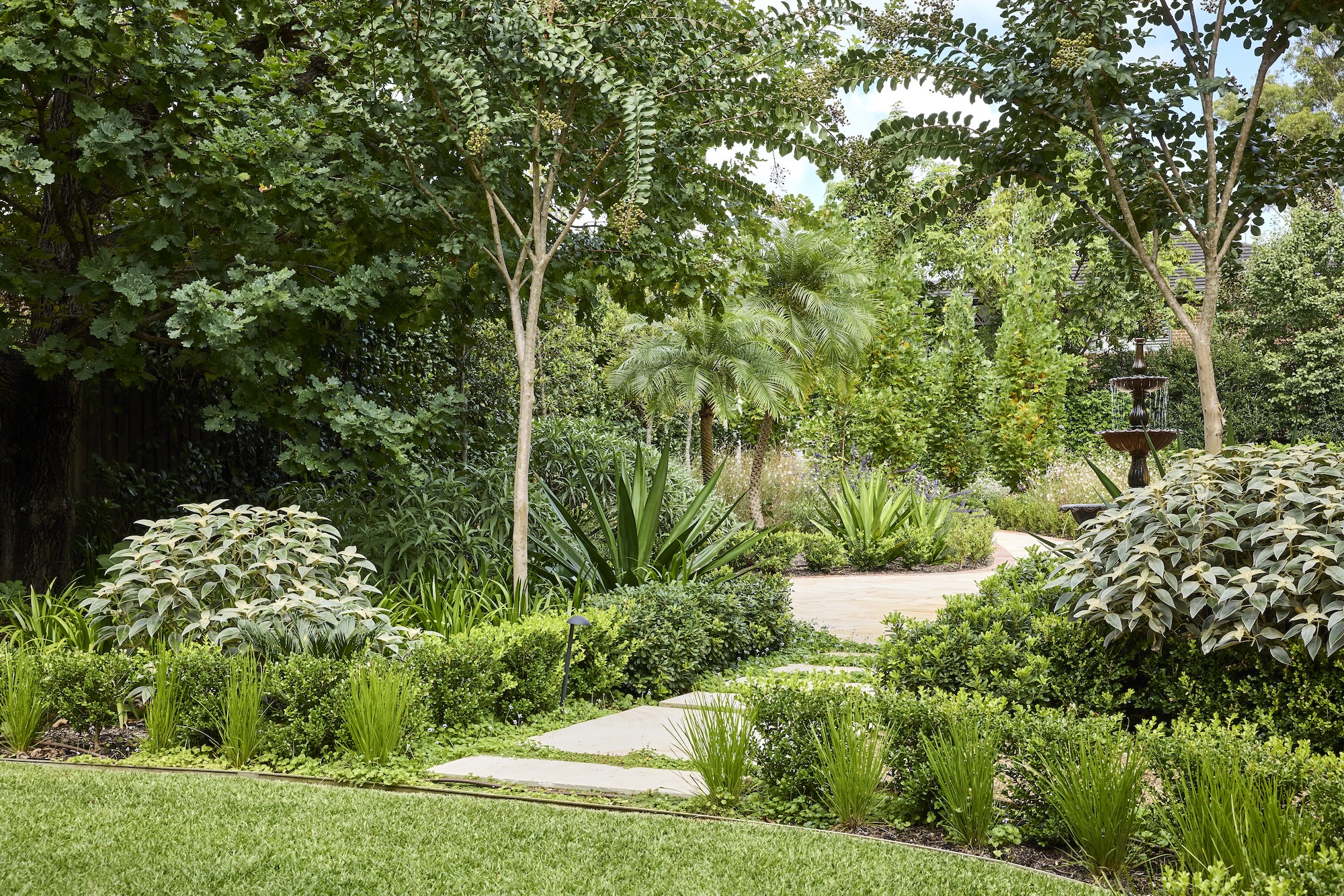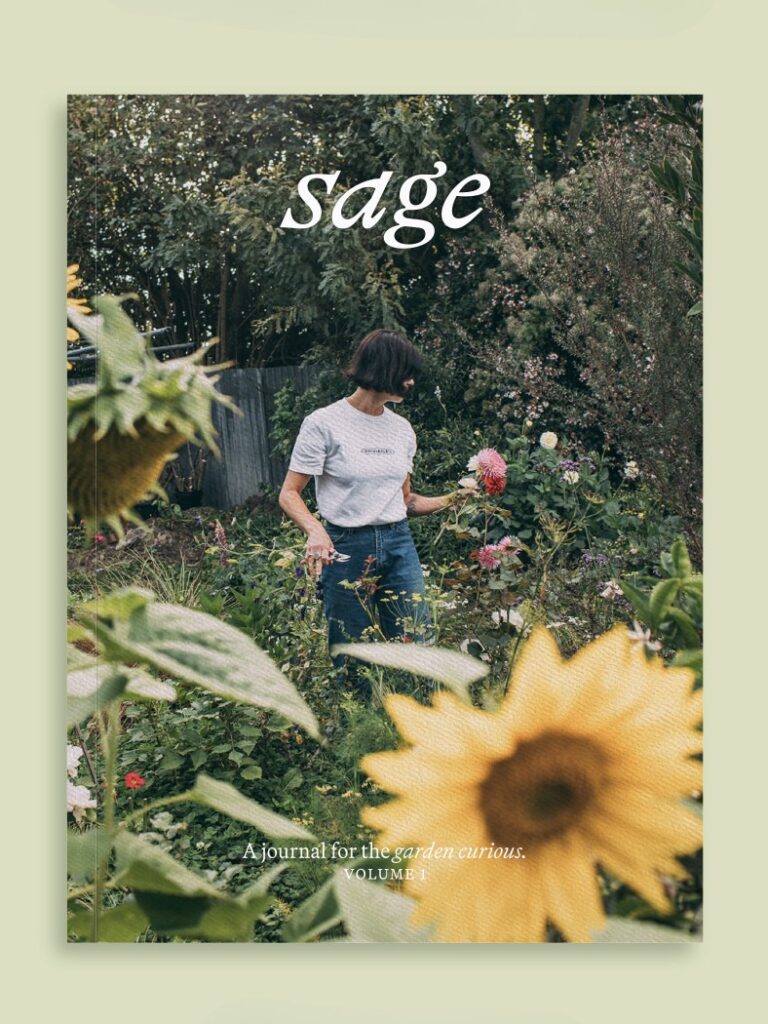Your cart is currently empty!
Cha No Niwa | Kazuyuki Ishihara’s Japanese tea garden at Chelsea
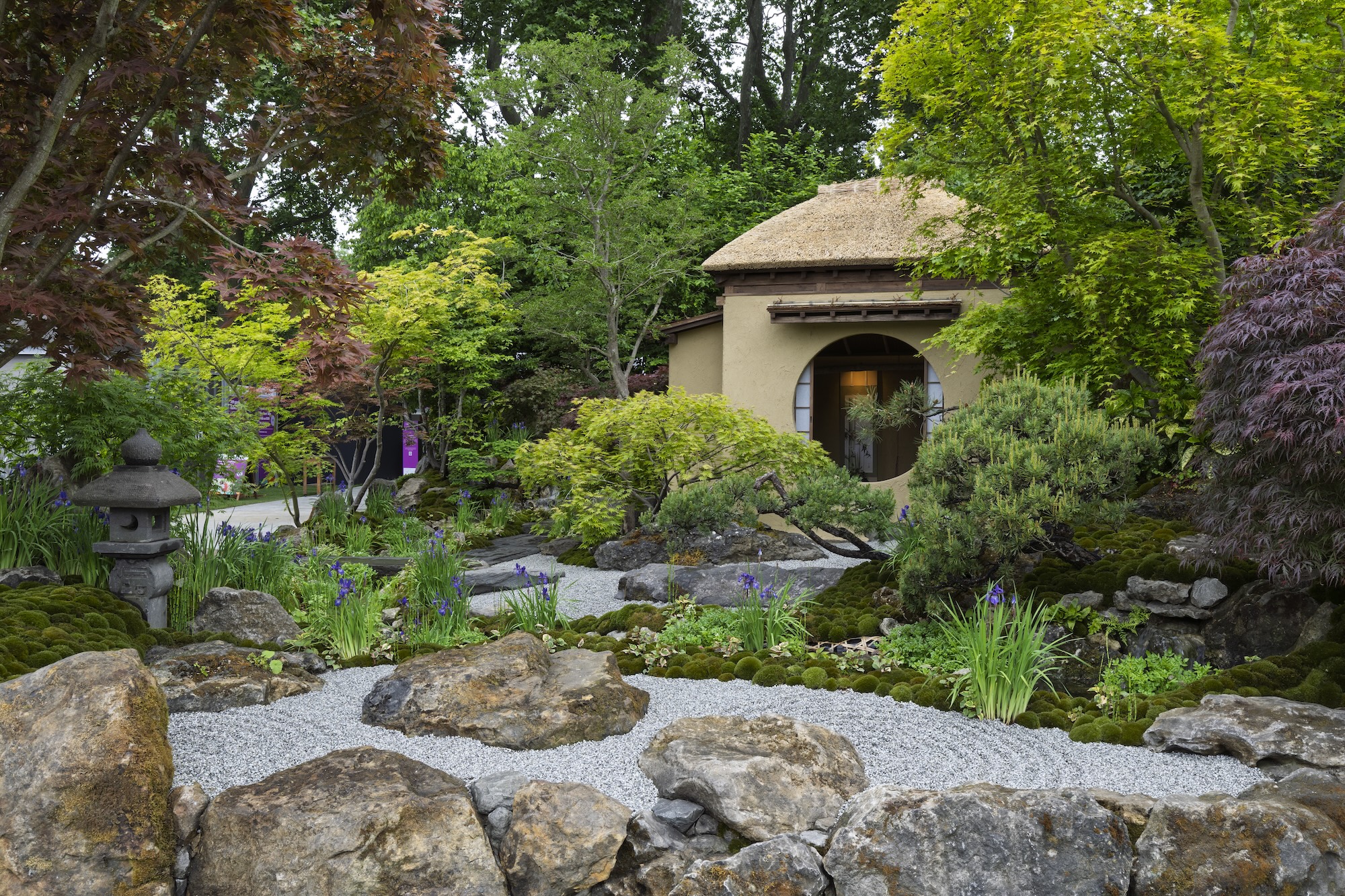
Cha No Niwa | Kazuyuki Ishihara’s Japanese tea garden at Chelsea
Cha No Niwa, a Japanese tea garden, was awarded RHS Chelsea Garden of the Year, People’s Choice Best Show Garden and a Gold Medal at the 2025 RHS Chelsea Flower Show.
Landscape design by Kazuyuki Ishihara of Magician of Greenery — Kazuyuki Ishihara.
Kazuyuki Ishihara is no stranger to the RHS Chelsea Flower Show, having spent the last 20 years designing gardens for the show that capture the delicate beauty of Japanese landscapes.
This year marks a special milestone, with Cha No Niwa — Kazuyuki’s first large Show Garden — earning the prestigious titles of RHS Chelsea Garden of the Year, People’s Choice Best Show Garden and a Gold Medal.
Designed to be part of Kazuyuki’s personal garden, Cha No Niwa is a tranquil Japanese tea garden inspired by Fūshi Kaden (The Flowering Spirit) by Zeami — a playwright from the Muromachi period. The garden was also inspired by the traditions of Ikenobō — the oldest school of ikebana.
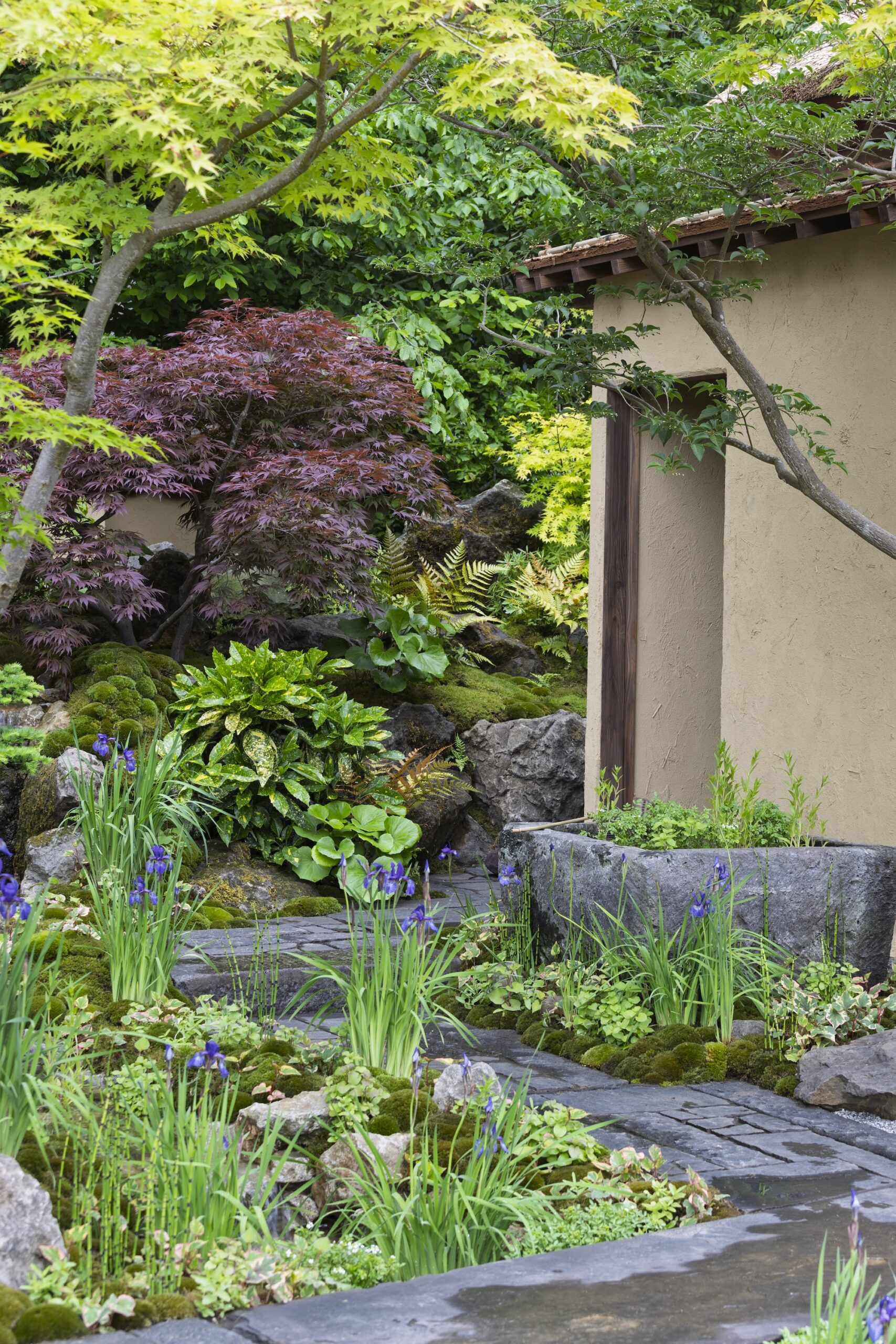
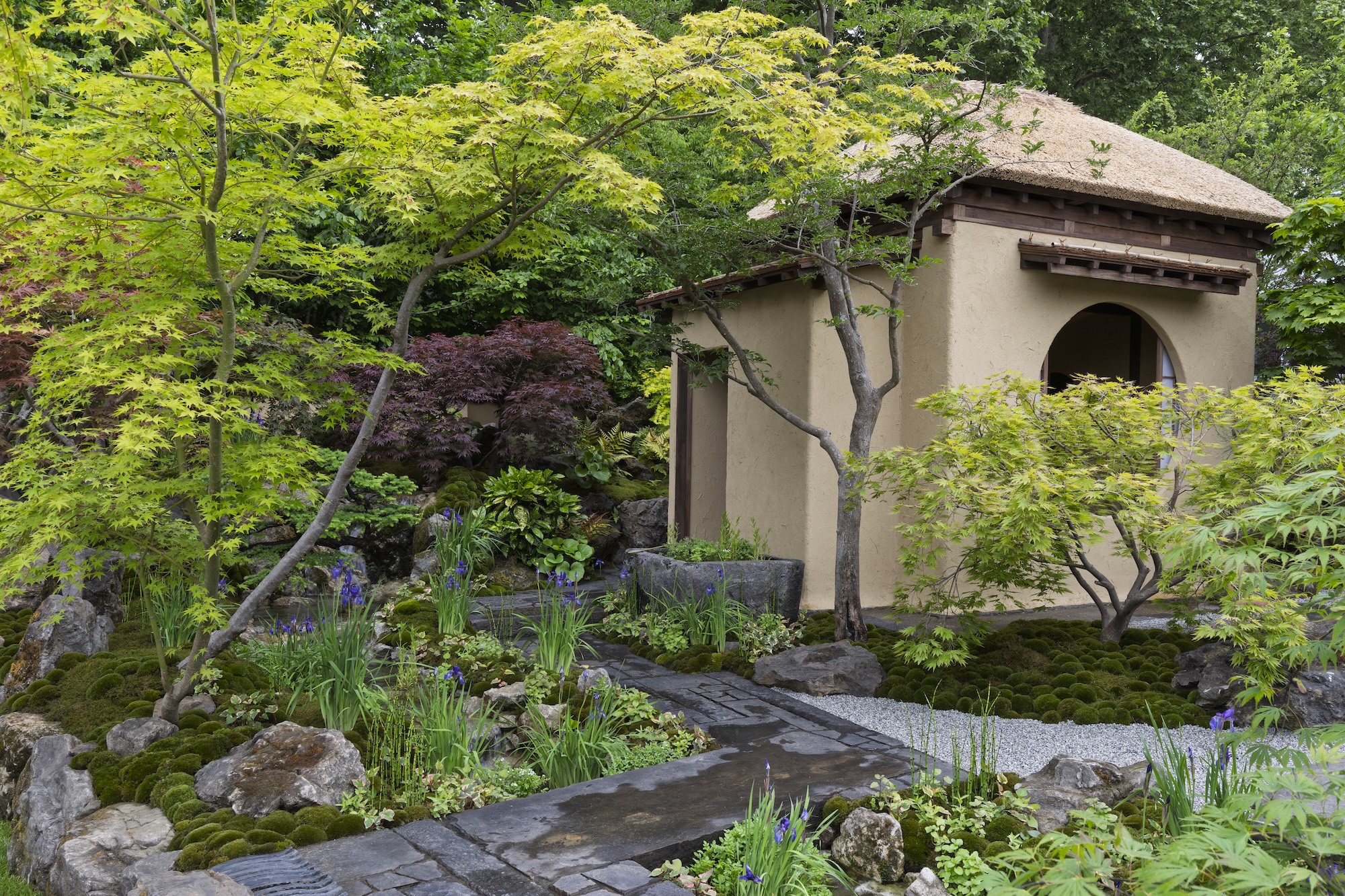
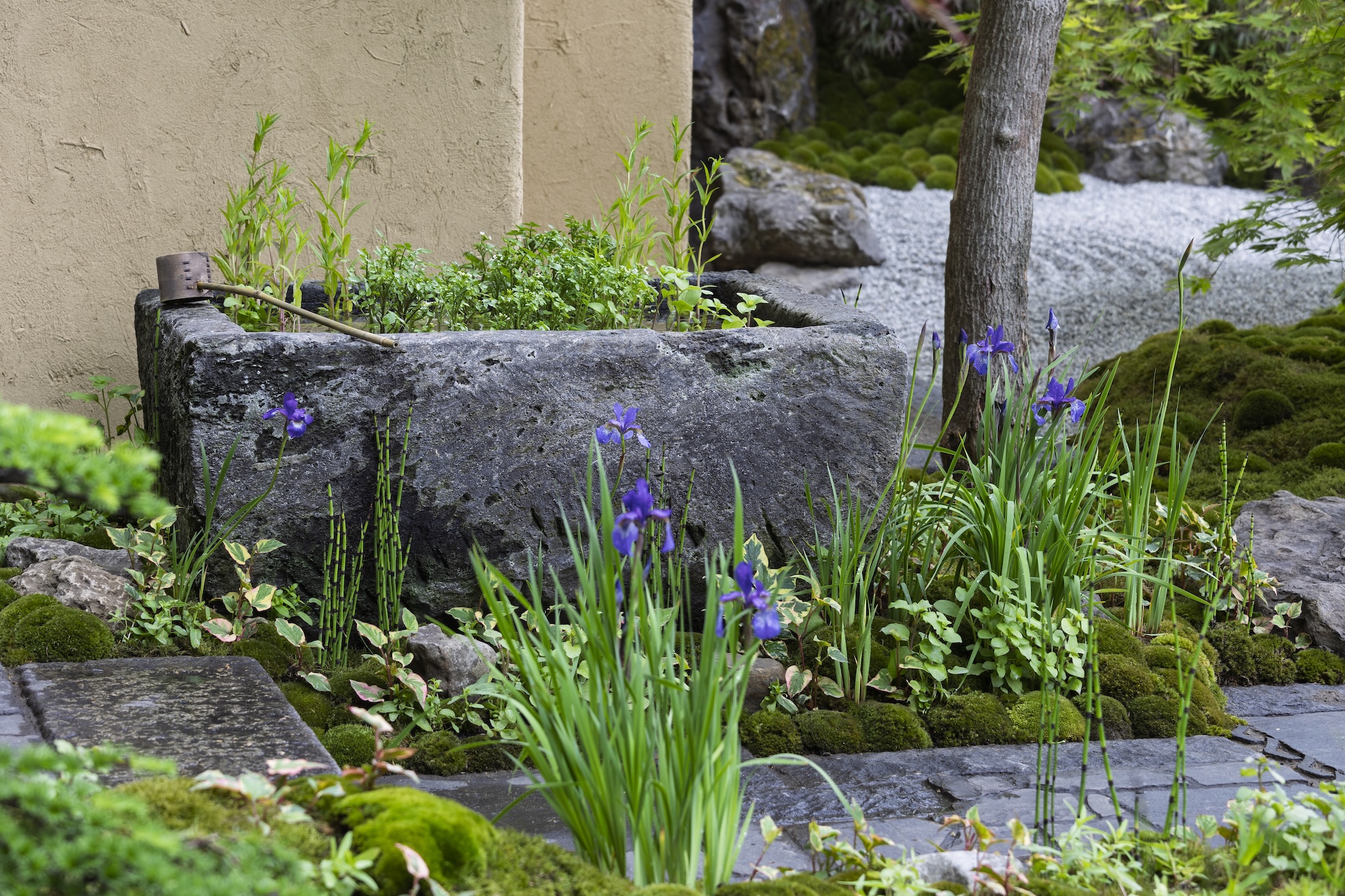
Kazuyuki Ishihara’s intention for the garden
The garden invites visitors into a peaceful glimpse of Japan’s ancient landscape, and explores the theme of harmony and communication — using carefully selected stones whose shapes and placement are designed to connect with the surrounding plants.
The garden is intended to be a place where guests can pause and appreciate the beauty of the plants and landscape from the teahouse’s elevated view. The garden was created as a space for quiet reflection, intended to foster a connection with nature through simple observation.
The planting was planned to feel like living art, influenced by the Ikenobo school of ikebana, which focuses on ‘making flowers alive.’
The brief was that visitors to the garden would become completely immersed in the beauty of nature and its living art.
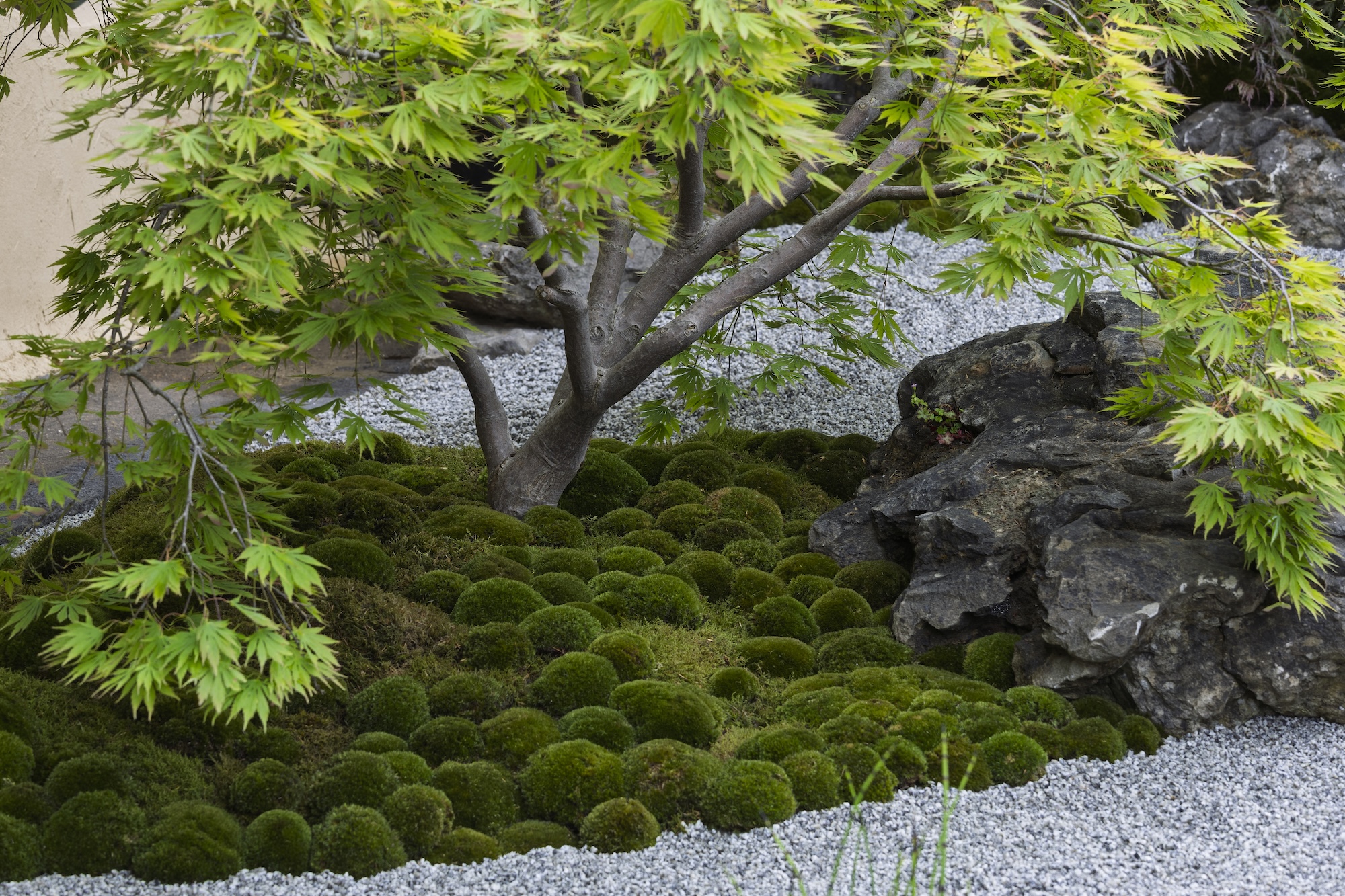
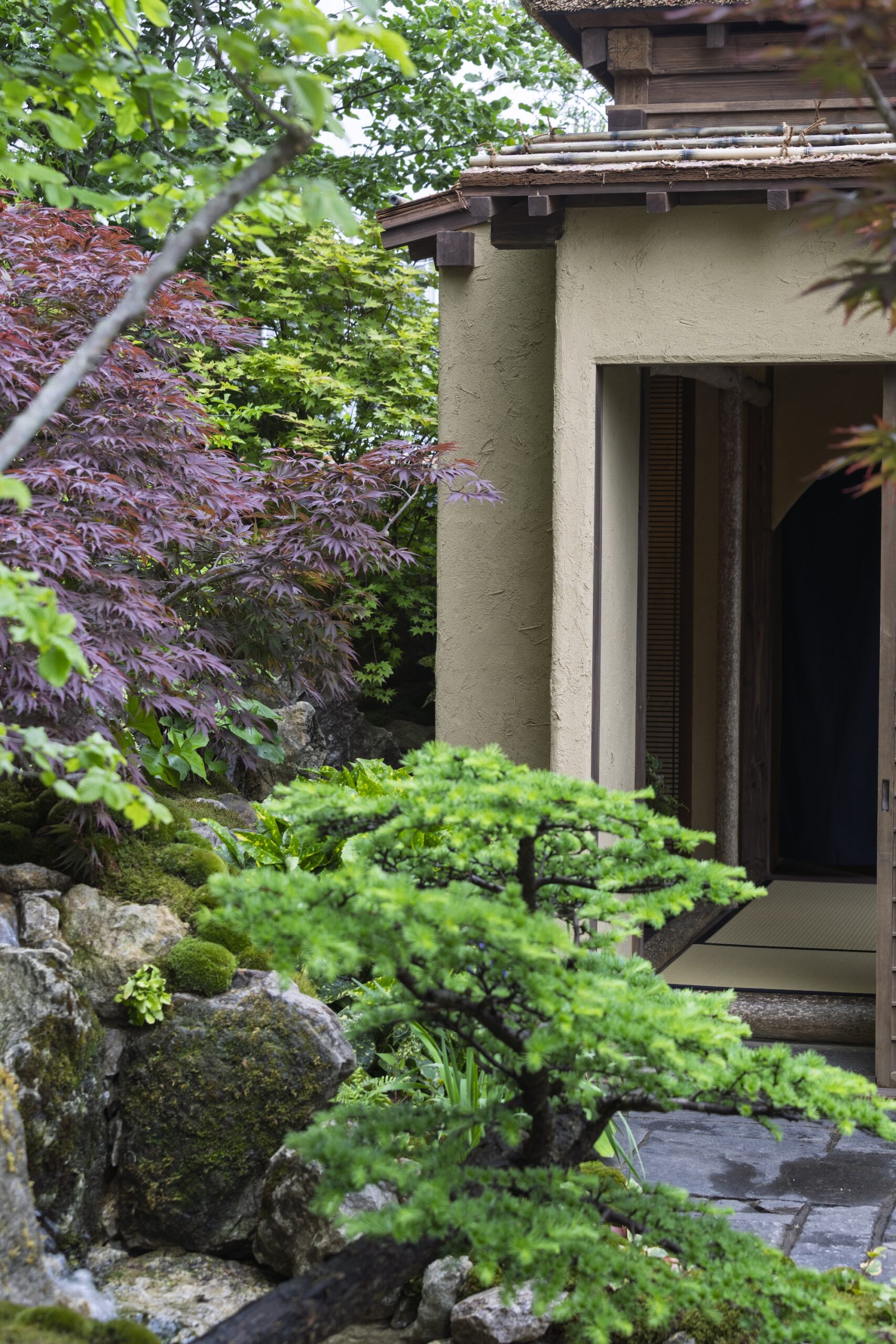
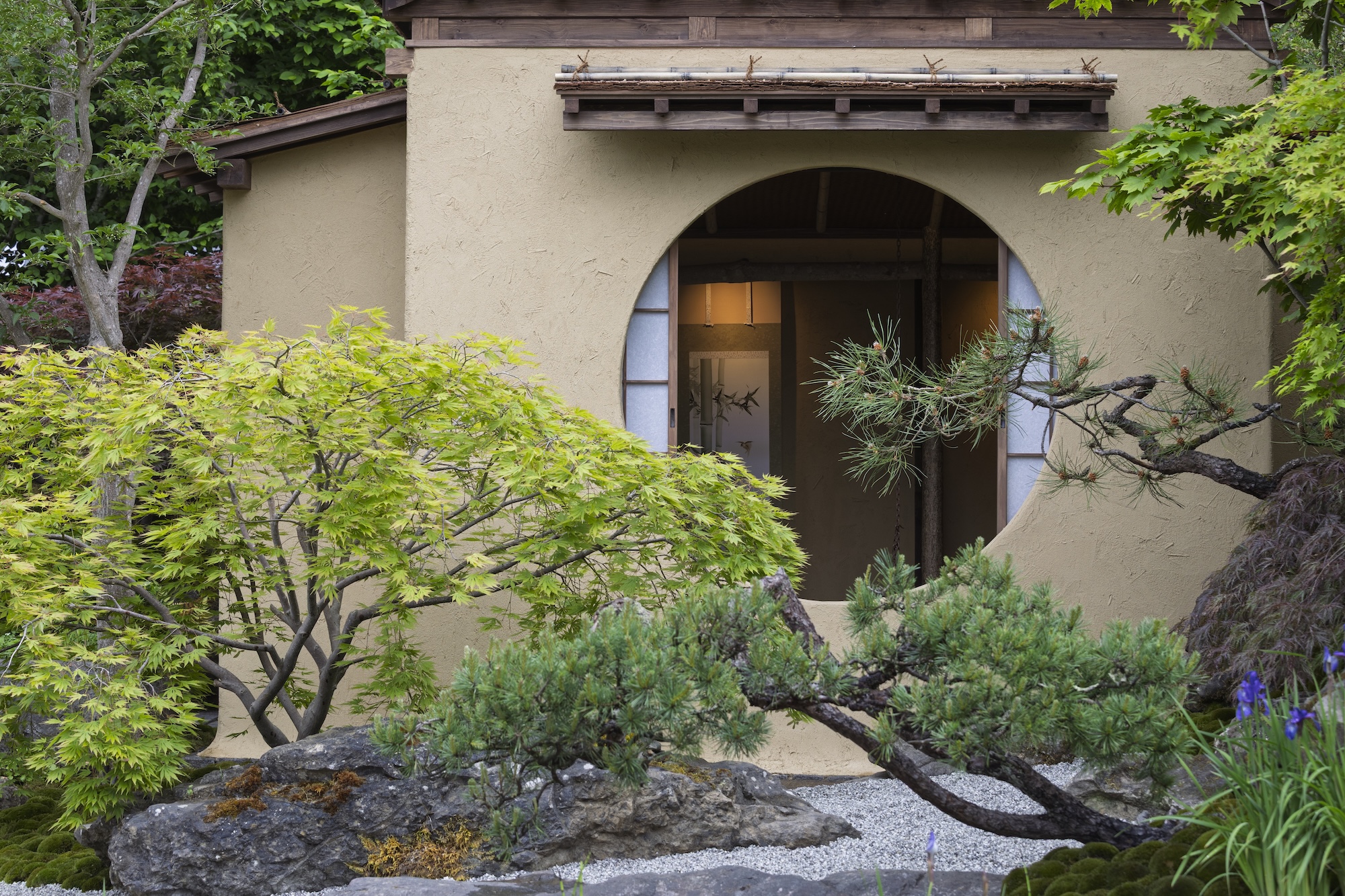
Cha No Niwa landscape design
The garden is a study in careful detail and immersive planting design. Every viewpoint offers a carefully composed scene where the power of green foliage takes centre stage. The trees are perfectly scaled and proportioned, showing that impact comes not from size but from a appreciation of nature’s finer details.
The planting scheme, featuring species from the satoyama countryside and a balanced palette of greens, reds, whites and purples, reinforcing the garden’s calm, contemplative atmosphere.
The garden’s varying elevations create a sense of depth, with stones arranged to echo the mountains and hills of Kazuyuki’s homeland. These boulders also guide visitors gently through the space, encouraging exploration.
The planting reflects the Japanese satoyama countryside, featuring species like Acer palmatum (Japanese maple), Enkianthus perulatus, Iris, Sedum, Carpinus betulus (hornbeam) and Pachysandra terminalis (Japanese spurge).
Other highlights include raked gravel formations and a teahouse made with thatched Japanese pampas grass.
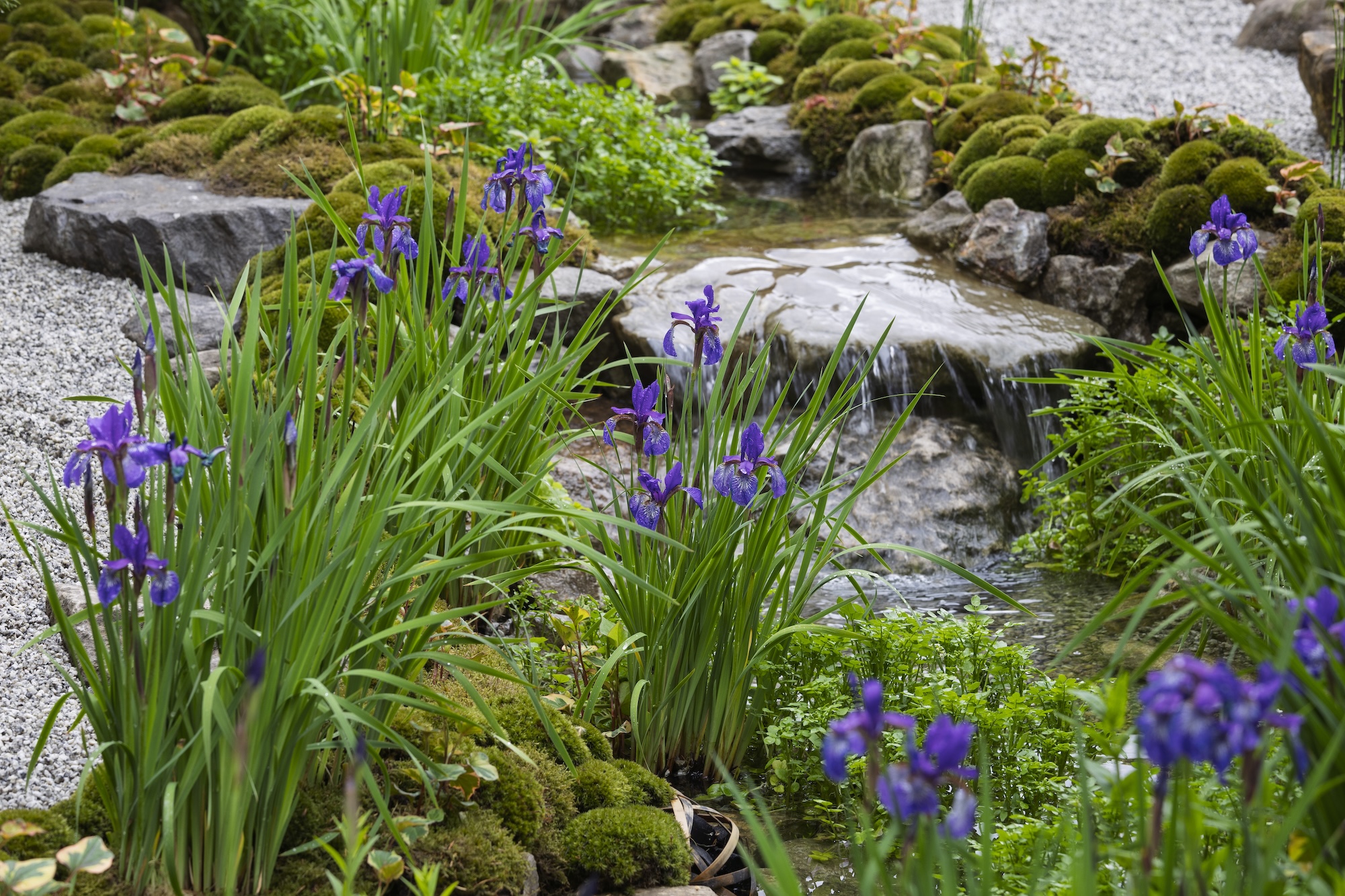
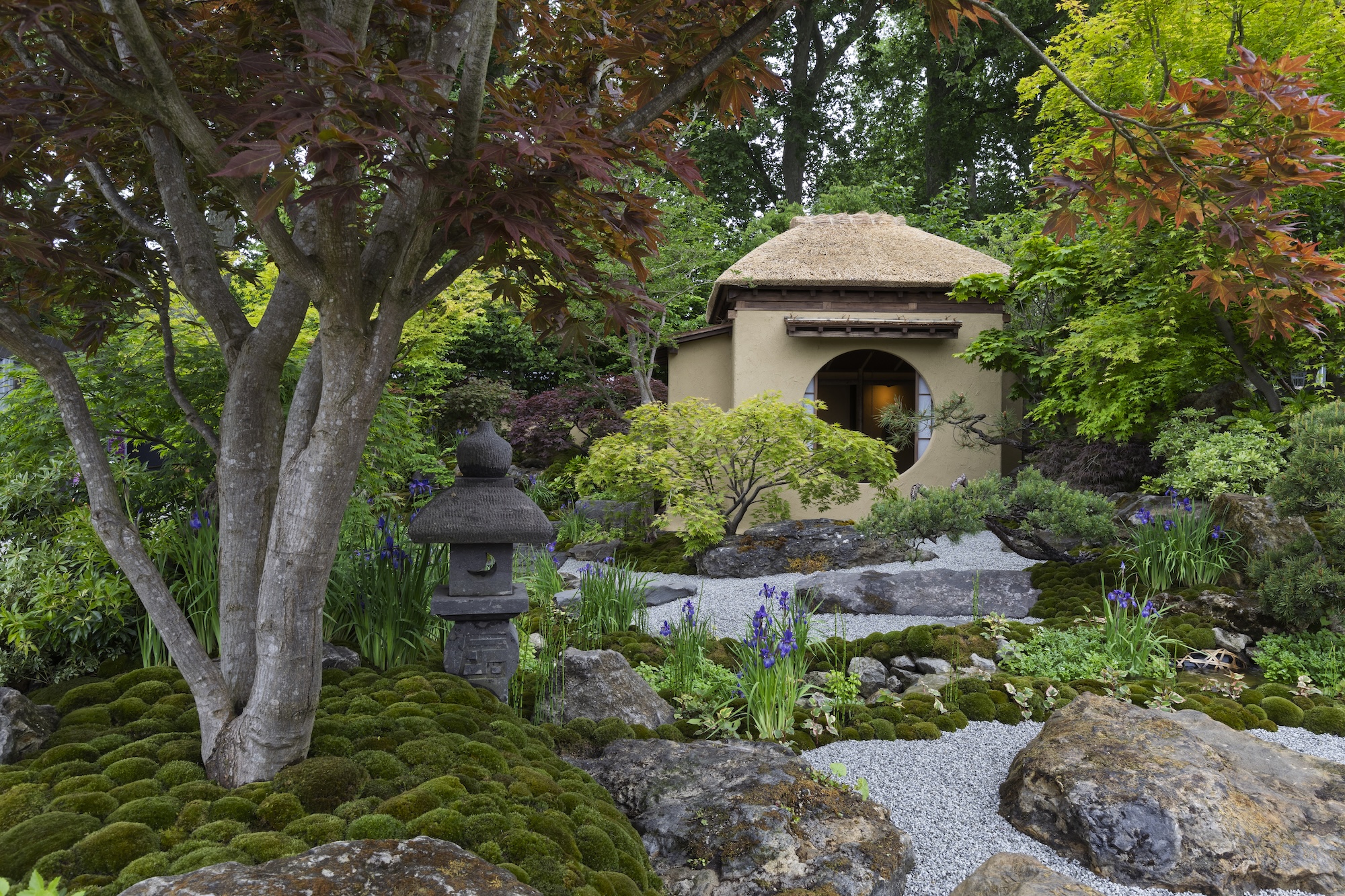
Cha No Niwa powerfully demonstrates how beauty can be found in detail and proportion, rather than just sheer scale. It’s a garden that speaks to the heart of nature and the enduring art of Japanese landscape design.
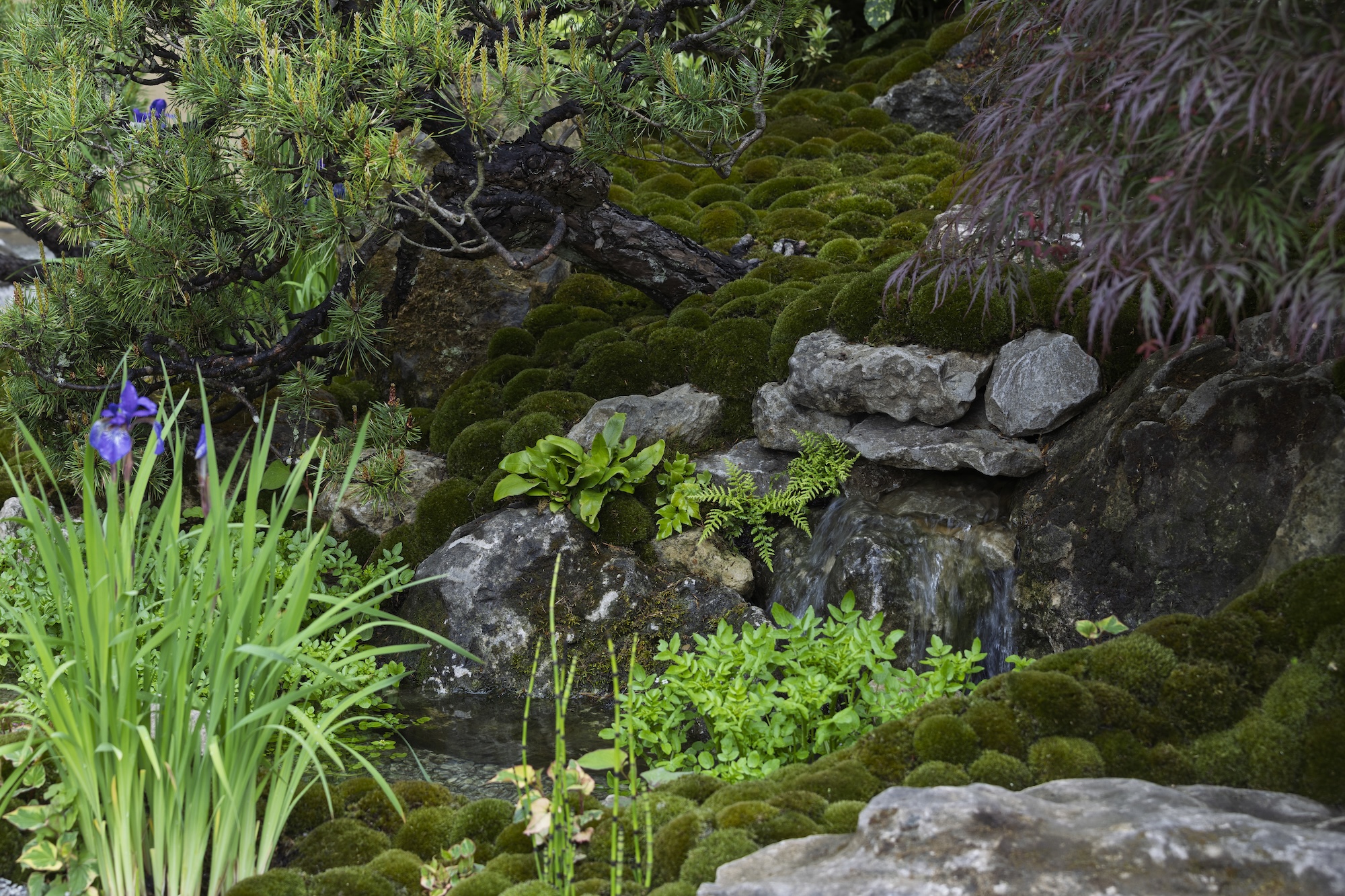
Key Plant List
- Acer palmatum (Japanese maple)
- Enkianthus perulatus
- Iris spp.
- Sedum spp. (stonecrop)
- Carpinus betulus (hornbeam)
- Pachysandra terminalis (Japanese spurge)
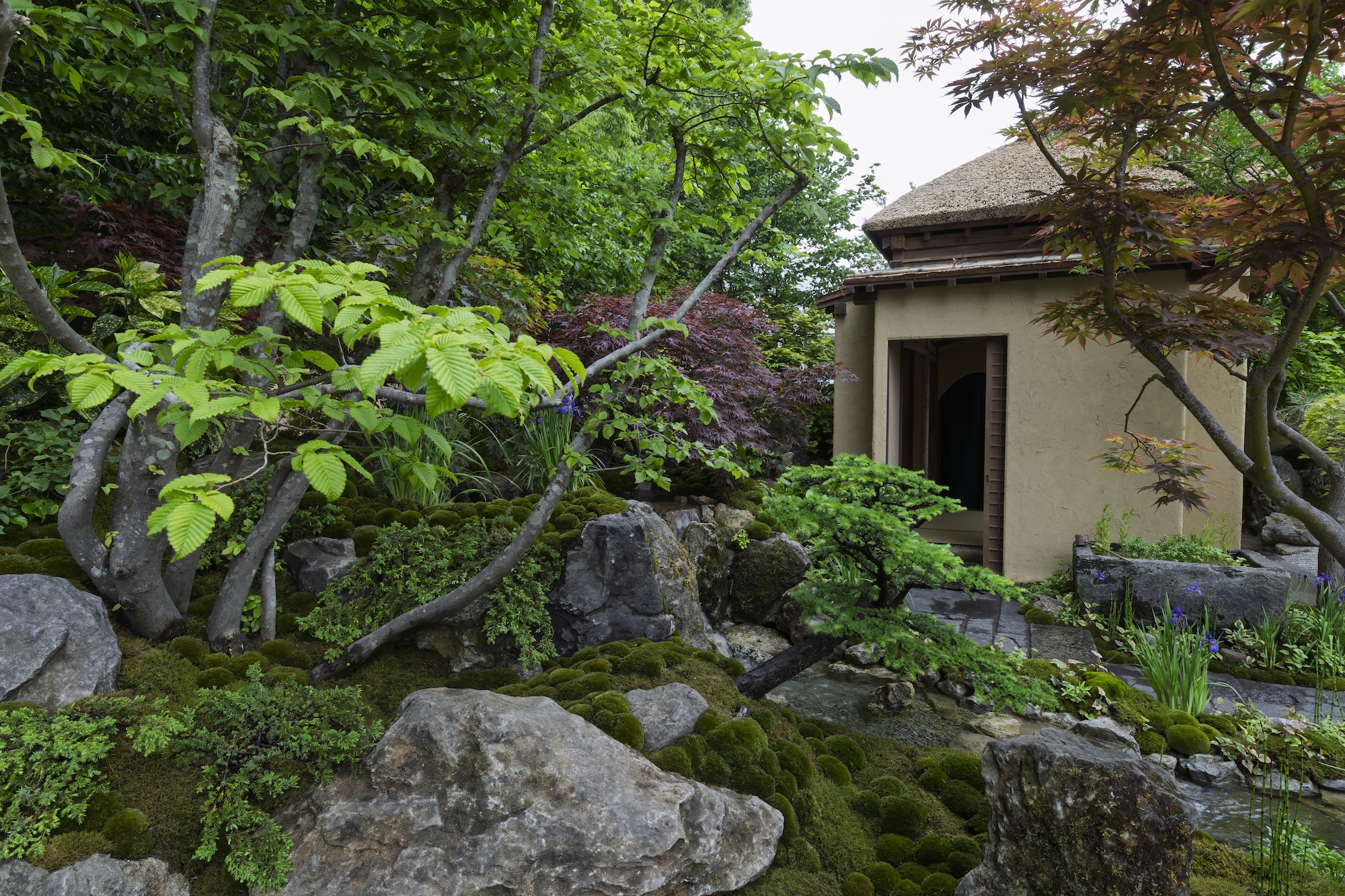
—
Kazuyuki Ishihara
Kazuyuki Ishihara was born in Nagasaki-city. After he graduated from university, he started studying the ‘Ikenobo’ style of ikebana (Japanese flower arrangement), and his eyes were opened to the world of flowers. When he was 29, he started selling flowers on the street, inspired by the flower shops of Paris. Through floristry, he built up his artistic talent. In 1995 he launched his own company and today, Kazuyuki continues to create beautiful Japanese landscapes, and his design and construction skills are recognised worldwide.
—

